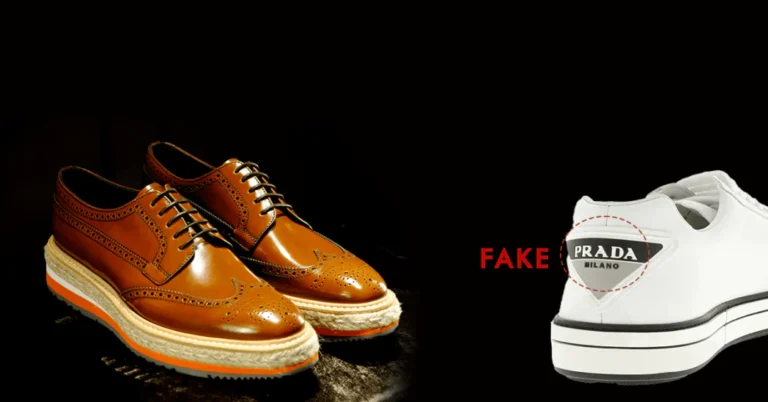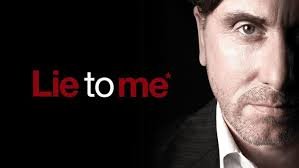
hair bands
Hair bands, also commonly referred to as headbands, are among the most versatile and widely used hair accessories in fashion history. Designed to keep hair away from the face, assist in styling, or make a fashion statement, these bands have been part of human culture for thousands of years. Whether used in athletics, daily wear, or high fashion, their appeal lies in their simplicity, utility, and visual impact.
Historical Background of Hair Bands
The use of hair bands can be traced as far back as Ancient Greece and Rome. In these societies, headbands made from leather, metal, or woven fabric were often worn by both men and women. A popular form was the laurel wreath, a symbol of victory, intellect, and power worn by scholars and athletes. These bands were ceremonial and functional.
During the Middle Ages, hair bands evolved to serve more practical purposes. Women wore cloth bands beneath their veils to secure their hairstyles, often crafted from natural fibers like linen and wool. As fashion and culture shifted into the Renaissance and Victorian era, the use of headbands became more decorative. Designs included ribbons, jewels, and embroidery, reflecting the wearer’s social status and personal taste.
Material Evolution and Innovation
Modern hair bands are manufactured using a wide range of materials. Traditional fabric bands like cotton or velvet remain popular, especially for casual or vintage styles. However, innovation has brought new options into the market.
Elastic hair bands offer a firm yet gentle grip, making them ideal for sports and high-movement activities. Plastic headbands, often molded into stylish designs, are favored for their durability and shape retention. Materials like silicone are now used to produce sweat-resistant, non-slip designs used in athletic gear.
The rise of eco-friendly materials, such as bamboo fabric or biodegradable plastics, also reflects consumer demand for sustainability in beauty and fashion.
Styles and Categories of Hair Bands
Hair bands come in countless forms, each serving a different need or style. Some of the most common types include:
- Elastic bands: Thin and stretchable, these are best for tying back ponytails or braids.
- Hard headbands: Often plastic or metal, they are designed to push hair back and add structure.
- Knotted headbands: Padded or twisted in the center, they add flair and volume.
- Bandana-style bands: These wrap around the head and are tied at the back, popular in casual and streetwear looks.
- Sport headbands: Made from moisture-wicking fabric to keep sweat out of the eyes during physical activity.
- Turban-style bands: A stylish alternative for both cultural and fashion use, often used for hair protection.
Hair Bands in Fashion and Pop Culture
The 20th century marked a turning point in the popularity of hair bands. In the 1920s flapper era, women wore bejeweled headbands as part of their evening attire. In the 1960s and 1970s, hippie culture embraced wide fabric bands worn across the forehead.
Perhaps the biggest revival came during the 1980s, an era often associated with “hair bands”—a term also used to describe glam metal bands like Bon Jovi and Poison, known for their voluminous hairstyles held in place with bandanas and wraps.
Today, celebrities like Blair Waldorf (a fictional character from Gossip Girl) have helped reintroduce headbands as chic accessories. Designers such as Prada, Gucci, and Chanel have also featured bold headbands on runways, pushing them into the realm of luxury fashion.
Functionality Beyond Style
While hair bands are undeniably fashionable, their functional uses are equally important. Athletes rely on sweat-absorbing bands to improve performance. Individuals working in food service or healthcare use sanitary headbands to keep hair neatly tied back. For people undergoing chemotherapy, headbands are a valuable tool in wearing wigs or scarves comfortably.
In recent years, the concept of protective styling has also gained popularity, especially among individuals with natural or textured hair. Satin-lined headbands, for instance, help reduce breakage and maintain moisture.
Hair Bands for Different Age Groups and Genders
Hair bands are not limited to a specific gender or age group. Children’s hair bands often feature colorful designs, cartoon characters, or fun textures. These are made to be gentle on sensitive scalps and easy to wear.
Men’s headbands have gained traction, especially in sports and fitness culture, where athletes like LeBron James and Cristiano Ronaldo have worn them during matches. Additionally, men with long hair increasingly use minimalist elastic bands or cloth wraps.
For older adults, classic and comfortable designs like padded velvet headbands or wide bands are often preferred. These provide both style and practical hair management.
How to Choose the Right Hair Band
Selecting the right hair band depends on various factors:
- Hair Type: Thick or curly hair may require wider or more durable bands, while fine hair benefits from lightweight materials.
- Purpose: A workout headband should be breathable and sweat-wicking, whereas a fashion piece might focus on design.
- Face Shape: Certain styles flatter specific face shapes—for example, wider headbands can balance out round faces.
- Material: People with sensitive skin may prefer hypoallergenic or organic materials.
A practical rule is to match the band to the occasion—choosing functional styles for utility and embellished ones for dressier settings.
Hair Bands and Cultural Significance
Hair bands also carry cultural and religious meanings. In South Asian cultures, maang tikkas and decorative hair bands are worn in weddings and traditional ceremonies. In some African tribes, hair bands made from beads and fabric play a role in social status and identity.
In many Muslim and Sikh communities, headbands are used to help secure religious coverings like hijabs or turbans, ensuring comfort and security. The growing inclusivity in fashion has led to increased visibility of these culturally significant accessories in mainstream design.
The Future of Hair Bands
The future of hair bands lies at the intersection of technology, fashion, and sustainability. Some brands are developing tech-integrated headbands with features like fitness tracking, temperature control, or even built-in headphones.
On the eco-conscious side, demand for sustainable fashion is driving innovation in materials—biodegradable elastics, recycled fabrics, and cruelty-free production are becoming more common. As gender fluidity and personal expression become more accepted in society, the hair band continues to evolve as a gender-neutral, inclusive accessory.
Conclusion
From ancient laurel wreaths to high-end runway pieces, hair bands have traveled a remarkable journey through time. They’ve served not only to manage hair but also to communicate status, style, function, and identity. Whether you’re a fitness enthusiast, fashion lover, or someone seeking everyday convenience, the hair band remains a reliable and expressive tool in any wardrobe.
As trends evolve and new materials emerge, hair bands are certain to maintain their role as a staple accessory—simple in design, yet rich in meaning and purpose.






